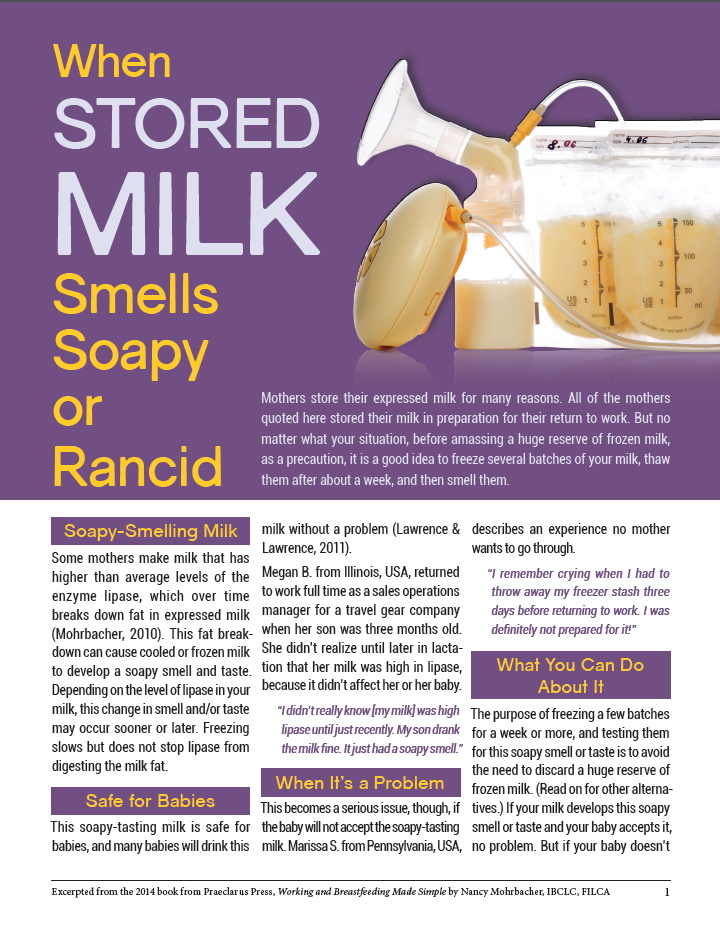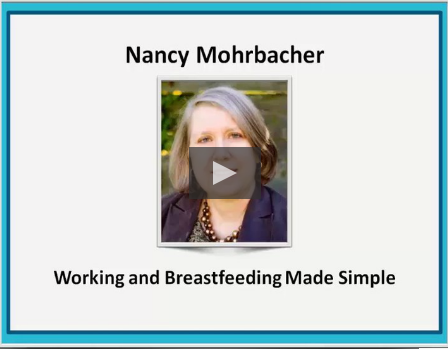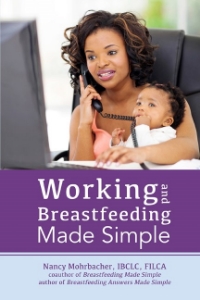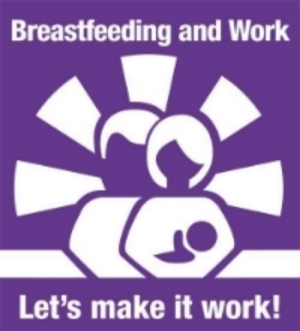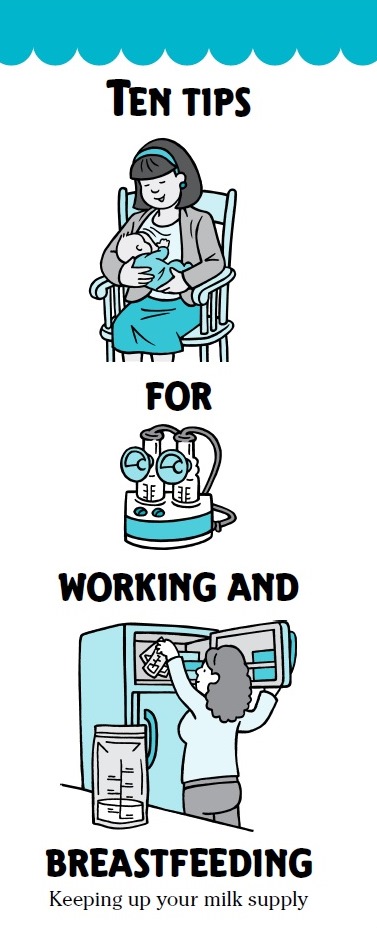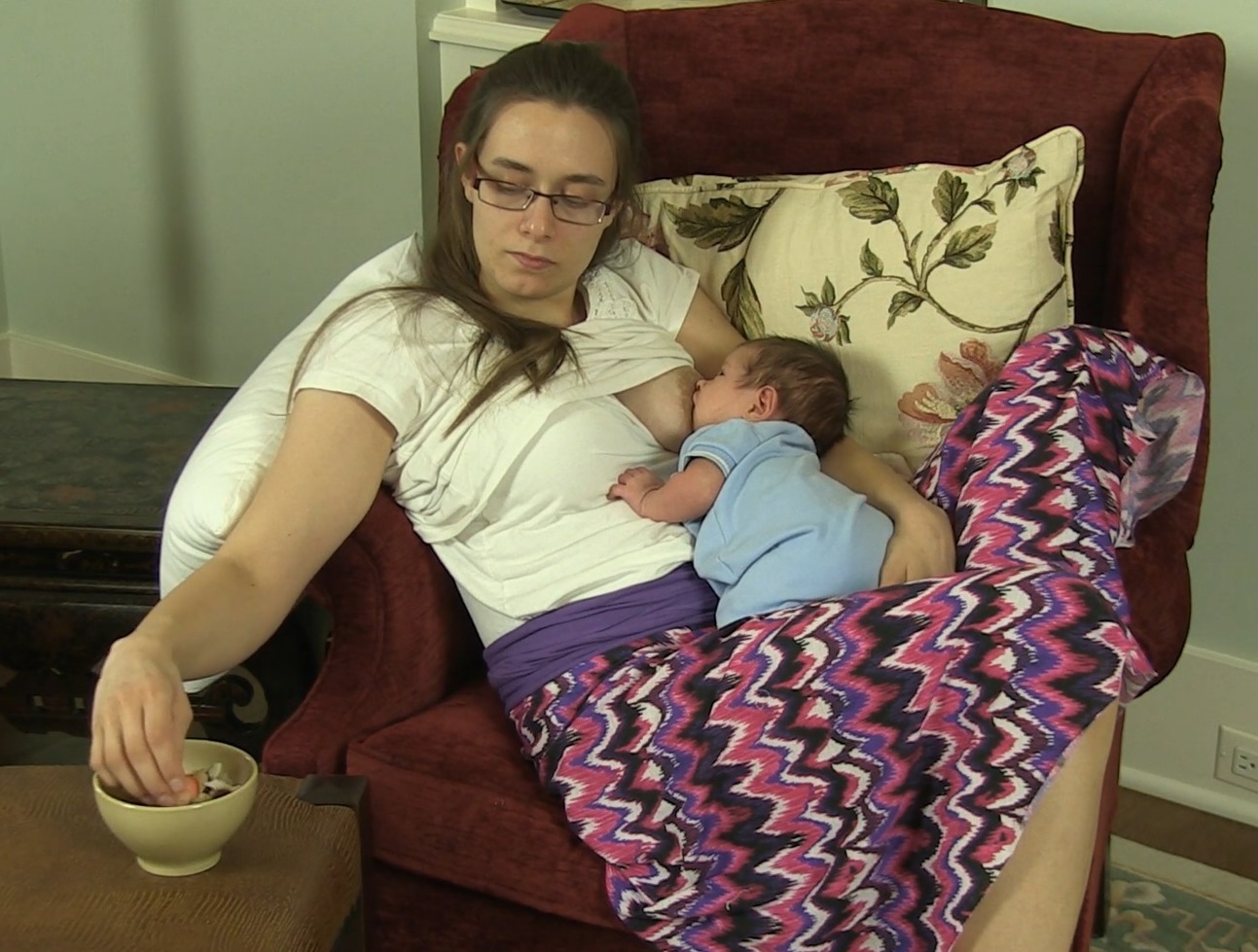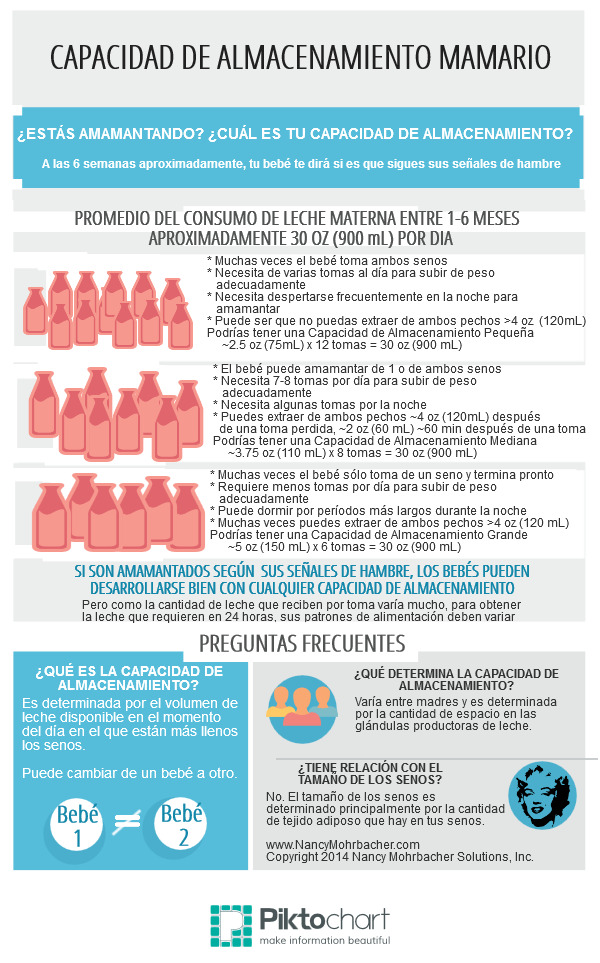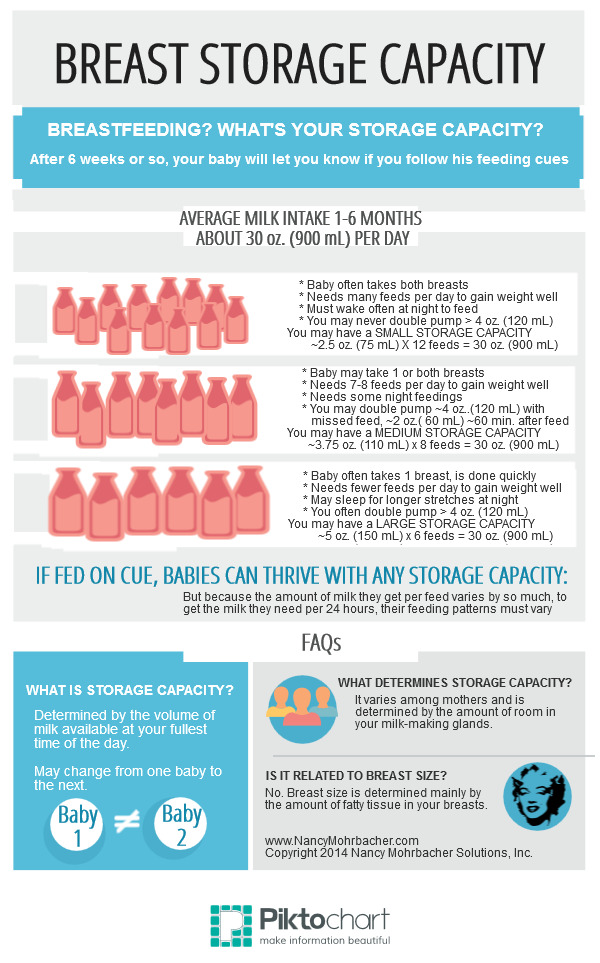Tongue and lip ties are red-hot issues. There’s no doubt that tongue tie causes suffering for some breastfeeding mothers and babies when baby’s "lingual frenulum" (the membrane under the tongue that connects it to the floor of the mouth) prevents normal tongue movement. Also known as ankyloglossia, ultrasound research (link HERE) shows that restricted tongue movement in a breastfeeding baby can lead to nipple pain and/or poor milk intake. When tongue tie is the root cause of a breastfeeding problem, this needs to be addressed pronto.
What is a lip tie? This refers to restricted lip movement from a tight "labial frenulum," the membrane that connects baby's upper lip to her gums. To tell the difference between a normal labial frenulum and one that can cause problems, see this online article (link HERE) by Oregon ear, nose, and throat (ENT) surgeon Bobby Ghaheri.
An Epidemic?
What started as a problem for a small percentage of babies seems now to be an epidemic. Health-care providers report increasing numbers of breastfeeding mothers self-diagnosing tongue and lip ties in their babies, often based on online information, and asking for a tongue- or lip-tie revision, a minor office procedure to release the tie. Some mothers describe taking their babies for multiple revisions with no pain relief or improved milk intake during breastfeeding.
There is very little that is "right" or "wrong" about breastfeeding choices. What matters is whether a strategy brings a mother closer to meeting her breastfeeding goal or moves her further away from it. If self-diagnosis corrects the problem, great. But if it doesn't--if the self-diagnosis is a red herring--it can prolong suffering and lead to complications, making getting back on track more difficult.
Studying Tongue Tie
A recent study (link HERE) offers a new perspective on the tongue-tie epidemic. It found that tongue tie is NOT a common source of breastfeeding problems and reinforced what we’ve always known. When a mother is in pain or the baby’s weight gain is low, the best place to start is by focusing on basic breastfeeding dynamics, such as how the baby latches and baby’s feeding patterns.
What did this new study find? One of the doctor-researchers trained the others to identify infant tongue tie using the Coryllos tongue-tie classification system, which defines four types, including posterior tongue tie. After making sure everyone was using the same definitions, they began visually examining the tongues of 200 healthy babies during their first 3 days of life and used a gloved finger to feel the frenulum under their tongue. During the study, the researchers were blinded to any breastfeeding problems.
What Are the Odds?
Amazingly, 199 of the 200 babies were identified with 1 of the 4 types of tongue tie. However, only 3.5% (7 babies) had breastfeeding problems related to tongue restriction. A tongue-tie revision solved the breastfeeding problem in 5 of these 7 babies.
As a result of these findings, the authors suggested we change our terms. “Short frenulum,” they said, should be abolished, because the frenulum can’t be accurately measured. They suggested the term “asymptomatic tongue tie” for the vast majority of babies (192 out of 199) who had an identified tongue tie and no breastfeeding problems and “symptomatic tongue tie” for the few (7 of 199) in whom the tongue restrictions affected breastfeeding. Clearly, even if a baby has an obvious tongue tie, we should not assume it is the root cause of a mother’s nipple pain or baby’s weight-gain issues. It makes sense in these cases to see if other interventions may help alleviate the problem.
Just to be clear, this study included mothers and babies without breastfeeding problems as well as those with breastfeeding problems. Obviously, among mothers and babies having breastfeeding problems (those seen by most lactation consultants), the percentage of babies with symptomatic tongue tie would be higher.
Why Does It Matter?
If tongue-tie and lip-tie revisions are minor office procedures, why do unnecessary revisions matter? As the researchers point out, complications are rare, but sometimes excess bleeding can occur. Also, the procedure can cost parents hundreds of dollars out of pocket.
But there is an even more important reason this matters. When mothers focus only on tongue or lip tie, other issues may be overlooked and problems can continue for weeks or months. When adjusting to life with a newborn, no family needs this kind of unnecessary stress. In one study, long-term, ongoing nipple pain was linked to depression and sleep problems in mothers. A U.S. lactation consultant colleague who works in a large, breastfeeding-friendly pediatric practice put it this way:
I appreciate the growing awareness of tongue- and lip-tie issues and health providers willing to do interventions. Yet often the diagnosis is coming from friends, Dr. Google, and Facebook discussions. It has become so widespread that many mothers look first to a possible tie and other issues get buried. I now encounter the following scenarios frequently:
1. Mothers who believe their baby has a tongue or lip tie and consider this the primary cause of low supply, failure to latch consistently, weight gain issues, mastitis, nipple pain, etc., etc. They may spend so much time pursuing tongue tie as the root cause that they fail to address other possible causes and find themselves in a bigger jam. They may be dealing with a tongue tie plus something else, but addressing only the tongue tie will not fix things completely. Sometimes there is no tie at all.
2. Mothers with well-gaining, happy, exclusively breastfed babies who experience no discomfort yet feel their baby has a tie that needs to be revised. Some mothers schedule consults for this with me after seeing an ENT doctor who has told them there is no issue. Many say that ENTs and other doctors don't know what they're doing with tongue ties, which in some cases may be true. Yet their ongoing search for a “cure” in the absence of an issue makes breastfeeding fraught with worry, rather than the satisfying and empowering experience it should be.
One Mother’s Story
During my visit to Ireland 18 months ago, I attended a La Leche League meeting. Also attending was an Irish mother coming for the first time. She had taken her 3-month-old baby to the doctor for a tongue-tie revision but was still experiencing nipple pain. The group’s leaders asked me to talk with her. As she breastfed, I noticed an obvious shallow latch. No wonder she was sore!
I asked this mother if she had ever seen a breastfeeding supporter about her pain. She said no. She had gone online, done some reading, and assumed her problem was tongue tie. She then went to the doctor and asked for a tongue-tie revision. Throughout all this, she was breastfeeding shallowly and that hadn’t changed. With a shallow latch, her nipple was compressed against her baby’s hard palate, causing pain. I told her I thought that a small tweak in how her baby latched to her breast was probably all she needed to make breastfeeding comfortable. I explained that there is a place in her baby’s mouth called the “comfort zone,” and when the nipple gets there, there is no friction or pressure.
#1 Cause of Nipple Pain
How often does a deeper latch solve breastfeeding problems? A French lactation consultant checked the records of her private practice during a 6-week period and found that of the 37 mothers who came to her with nipple pain, a deeper latched resolved the pain completely in 65% (Darmangeat, V. The frequency and resolution of nipple pain when latch is improved in a private practice. Clinical Lactation 2011; 2(3):227-24). Other causes of pain included bacterial and yeast infections, skin conditions, and yes, tongue tie.
During my 10 years in private practice, getting a deeper latch resolved pain in about 85% of the mothers I saw. A deeper latch can also improve baby’s milk transfer, giving baby more milk with every suck.
Don’t Assume, Seek Help
Is tongue- or lip-tie revision the right thing to do for some breastfeeding mothers and babies? No question! But because tongue tie is the root cause of the problem for a minority of babies, it is a terrible place for most mothers to start. When nipple pain or weight-gain issues occur, a much better starting point is to contact someone who can help adjust baby’s latch and evaluate baby’s feeding pattern.
Free breastfeeding services are available in most areas through volunteer mother-to-mother support organizations and public health departments. Another option is to see a board-certified lactation consultant (link HERE). Make it a number-one priority to quickly find and address the root cause of the problem. Trying to live with an ongoing, unsolved breastfeeding problem is a type of misery no woman should have to endure. Don't go it alone. Seek help, and always start with the basics.















